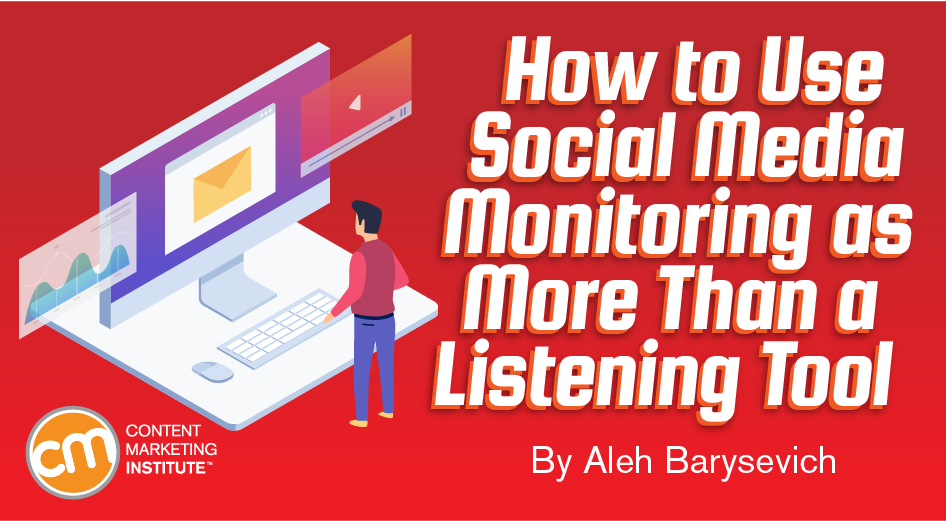First, let’s get one thing out of the way: Social media listening and social media monitoring are one and the same. Second, social media listening is identifying how your brand/company/product/CEO or any other valuable keyword is mentioned on social media platforms. Now, let’s get to how to respond to that listening and monitoring. The audience will recognize that your brand will do its best to solve a customer’s problem – even if they don’t know the ending for the customer. Chime in on questions not asked of your brand Through social listening, you also can identify people who are asking questions publicly about your products or brand. Through social monitoring, you can answer the questions your audience is asking. Negative and not-so-good reviews, complaints, the search of alternatives and recommendations should become your battlefield. Use social media listening tools to identify micro– and macro-influencers based on their relevance to your brand and industry, the number of followers, and overall activity. You can provide the influencer a product to review or ask the influencer to participate in a beta test. Social media listening is one of those amazing things to discover your audience, its interests, its questions, etc., and be the brand engaging with them.

If you stop at the listening part of social media monitoring, you’re missing out on fresh and effective ways to interact with your target audience and deliver better business results.
Consider these six ways to take your social media monitoring to the next level.
First, let’s get one thing out of the way: Social media listening and social media monitoring are one and the same. Sure, “listening” can convey deeper meaning; however, these words are used interchangeably.
Second, social media listening is identifying how your brand/company/product/CEO or any other valuable keyword is mentioned on social media platforms. It also can encompass websites, blogs, forums, etc. Social media listening tools, e.g., Awario (disclosure: I work for the company), Mention, and Talkwalker, enable you to efficiently track those mentions.
Now, let’s get to how to respond to that listening and monitoring.
1. Turn online criticism into a brand positive
As weird as it sounds, online negative reviews give you more opportunities to show off and attract clients compared to positive ones. Most people are aware of the popularity of fake reviews and they never know whether to trust a positive review online. A negative review followed by a thorough response from a company is clearly authentic. Followers of the interaction can get an impression that the brand cares for its customers and stands out from soulless corporate organizations.

If it’s a reasonable criticism, reply with a brief apology followed by a detailed solution or explanation of how the mistake will be avoided in the future. While it might be too late to help the original poster, the audience that sees your reply can appreciate it. The audience will recognize that your brand will do its best to solve a customer’s problem – even if they don’t know the ending for the customer.
If the complaint is obviously ridiculous, ungrounded, and/or simply rude, go ahead and make a show of it. Use humor as a defense mechanism, and while you’ll likely lose the customer, the sarcasm-loving and conflict-craving audience of social media will love your brand for that. (Note: Make sure a humorous or sarcastic response fits with your brand’s voice. Otherwise, it likely won’t work well.)
This comeback from Virgin Trains worked well based on the number of “likes” and retweets (the brand averages about three retweets in a typical post.)

2. Chime in on questions not asked of your brand
Through social listening, you also can identify people who are asking questions publicly about your products or brand. They don’t go to you, the brand. They might ask their followers or the social media universe in general, hoping someone will react (Twitter lives for this kind of people).
Through social listening, you can find these questions and give people what they need (an answer, an instruction,…

COMMENTS